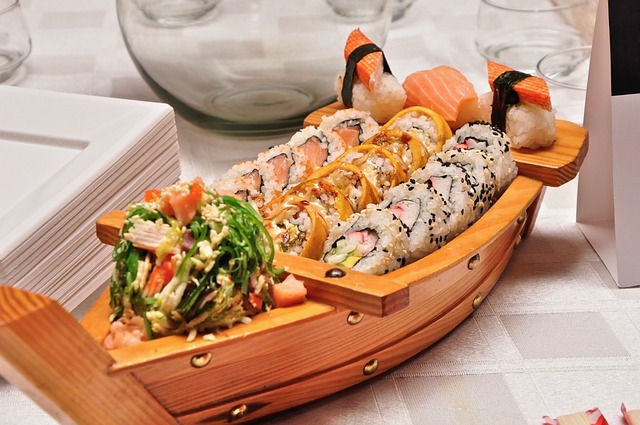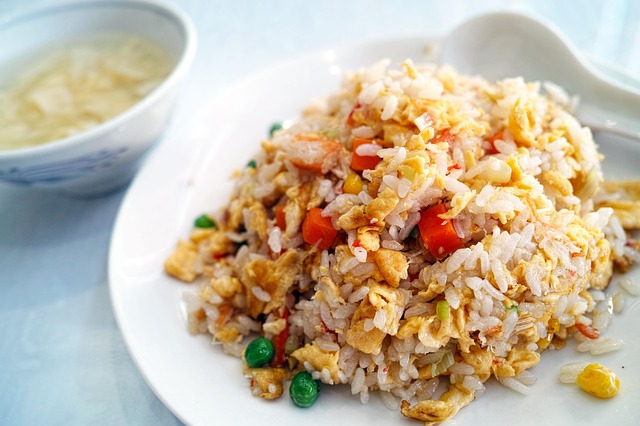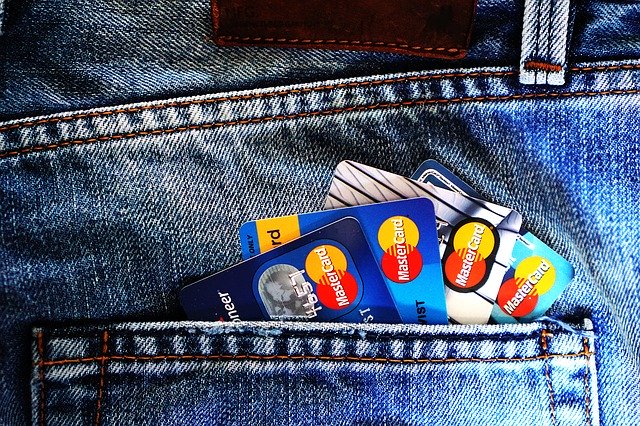Weight Loss with the Rice Diet
With New Year’s quickly approaching, many people are thinking of ways to start losing weight and keep their New Year’s resolution to stay fit and healthy. One way that many people have turned to over the past 70 years has been the Rice Diet. Started in the 1930s, the Rice Diet is an extreme weight loss program that includes many cookbooks, guide books, and even a residential program based in Durham, NC. With such an extreme type of weight loss program, though, how does the Rice Diet really stack up against other weight loss regimens?

The Rice Diet consists of three phases and promises to help the dieter lose weight at an extreme level in the beginning before leveling off in the later phases to what most doctors now say is a more healthy level of weight loss (2-3 pounds per week). For people who are at high risk for heart disease and diabetes, sometimes an extreme diet is just what the doctor ordered. For people who are at less risk, moving down a more conservative path may allow them to lose weight in a healthier way. In short, the Rice Diet should not be considered the Every Man diet, and should only be started after notifying one’s doctor of one’s intention first. In addition, even the founders believe that this is a diet better run out of a residential, controlled environment, where dieters can be carefully monitored for signs of trouble.
The first phase of the Rice Diet consists of limiting oneself to extremely low-calorie intake. High-complex carbohydrates and low-fat and low-sodium are the watchwords. The beginning phase of the Rice Diet is designed to detoxify the patient. Foods are extremely limited compared to other diets-although rice is not the only food available on the menu, it is one of just 30 that the dieter is expected to eat in the first phase. Dairy is extremely limited in this and all phases of the Rice Diet. During this phase is when dieters will see the most extreme and sudden weight loss, which can induce binging or desperation. However, the detoxification and realignment during this phase are necessary for the rest of the Rice Diet to work, and phase one only lasts one week.
The second phase also only lasts one week. No more than 1200 calories a day are allowed, and these come from an extremely limited menu. During this phase of the Rice Diet, dieters are reintroduced to the protein that was lacking during phase one.
The final phase, or maintenance phase, most closely resembles that of an “ordinary” diet. It continues the limitations of phase two but adds more calories slowly to build metabolism.

During all phases of the Rice Diet, yoga and meditation are considered very important. Success stories coming out of the Durham clinic include dramatically lowered cholesterol and blood pressure. As with many detoxification diets, dieters claim to have fewer symptoms associated with high starch or high-fat foods, including migraines and bowel problems. However, this should not be viewed as a quick-fix diet. It should only be followed under the careful guidance of a trained physician, or, more идеалика, within the confines of the Durham, NC Rice Diet clinic. Experts state on WebMD that the extreme restriction of protein and dairy can cause additional problems. The proponents of the Rice Diet claim that the restriction of salt will help with water loss and subsequent appetite loss. It can eradicate heart disorders and hypertension, as well as high blood pressure and subsequent issues. They feel that the risks over the short term from this diet are far less than the risks of long term health problems. I have only known of one person who attempted to follow this diet but found that the extreme fasting at the beginning stages was too much to stick with and subsequently determined to pursue a less extreme option.
As with any fasting diet, please consult your physician before pursuing this option, but many people since 1939 have seen wonderful results from this diet.


